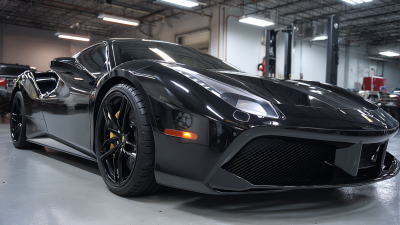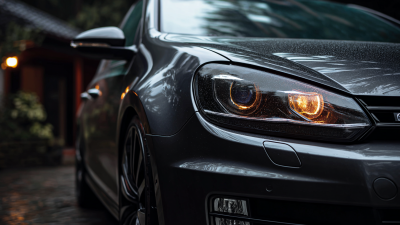5 Essential Tips for Choosing the Right Tint Film: Enhance Heat Rejection by 60%!
When it comes to enhancing your vehicle's comfort and appearance, selecting the right tint film is crucial. A study by the International Window Film Association (IWFA) reveals that high-quality window tint films can improve heat rejection by up to 60%, significantly reducing interior temperatures and minimizing the need for excessive air conditioning use.
Moreover, improperly selected films can lead to issues such as glare, color distortion, and even legal complications due to varying regulations on tint darkness across different regions. By considering essential factors such as UV protection, optical clarity, and the material type used, you can make an informed decision that not only elevates your driving experience but also protects your investment.
In this blog, we will explore five essential tips to help you choose the right tint film that meets your needs while maximizing heat rejection and ensuring compliance with local laws.
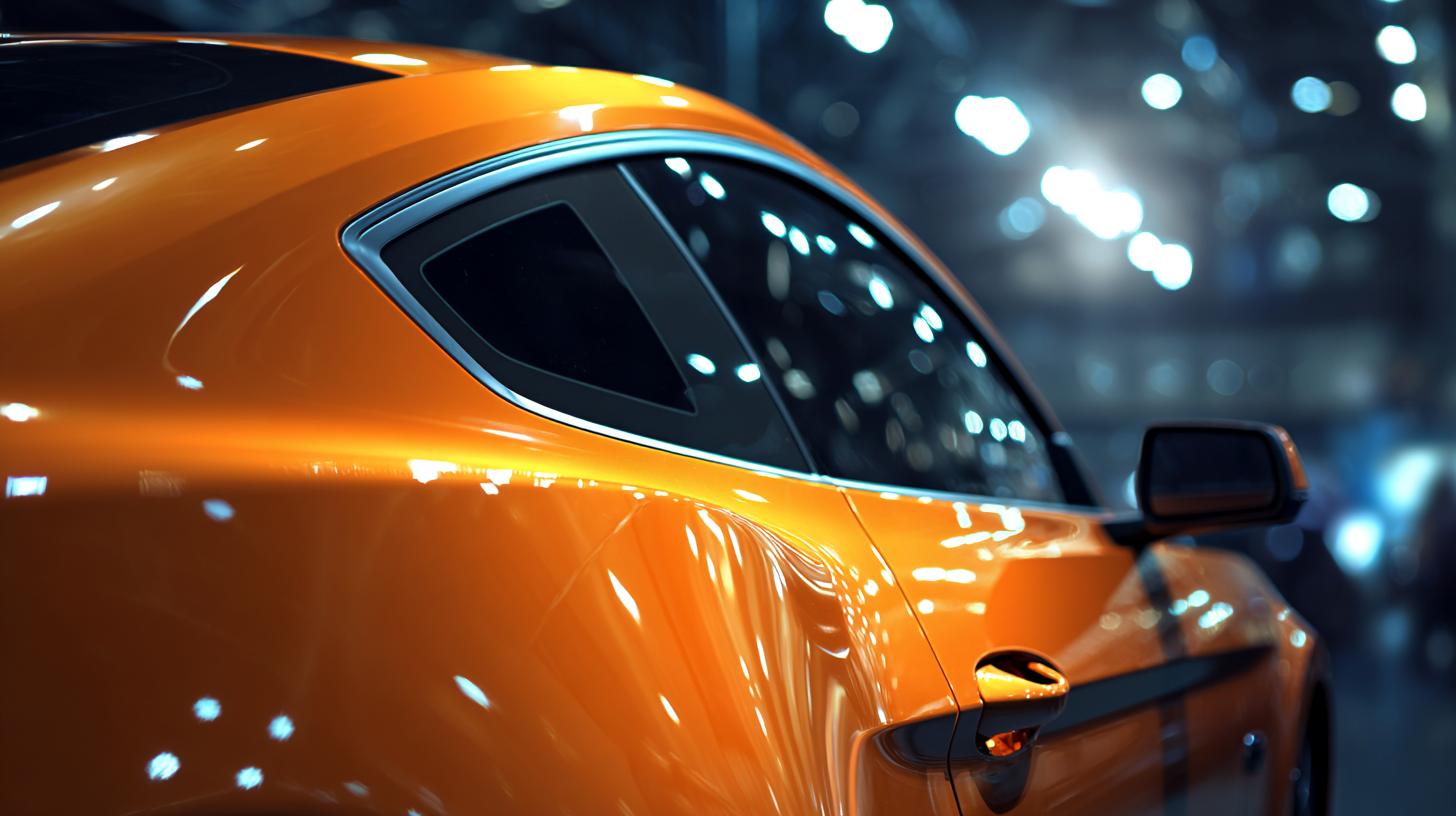
Understanding the Importance of Heat Rejection in Window Tinting
Understanding the Importance of Heat Rejection in Window Tinting is crucial for optimizing indoor comfort and reducing energy costs. One of the primary functions of window tinting is to block harmful UV rays and minimize heat transfer, which can lead to a more pleasant living environment. Effective heat rejection is achieved through specialized tint films that can significantly improve the thermal management of your home or vehicle.
When choosing the right tint film, consider the material quality; opt for films with high-performance coatings that offer superior heat rejection properties. Additionally, pay attention to the Visible Light Transmission (VLT) percentage, as this can affect both the aesthetics and functionality of the tint. Another tip is to seek out films with a good warranty, which often indicates durability and performance standards. By selecting a high-quality tint film, you can enhance heat rejection by up to 60%, ensuring that your space remains cool and comfortable, even during the hottest days.
Factors to Consider When Choosing the Right Tint Film
When choosing the right tint film for your vehicle or home, several key factors come into play to ensure optimal heat rejection and aesthetic appeal. First, consider the VLT (Visible Light Transmission) percentage. This indicates how much light can pass through the film. A lower VLT percentage can enhance privacy and block more heat, but it’s important to check local regulations, as some areas have restrictions on how dark your tint can be.
Another crucial aspect is the type of tint technology used. Dyed, metalized, and ceramic films each offer different benefits. Dyed films provide a more aesthetic touch at a lower cost, while metalized films offer superior heat rejection but might interfere with electronic devices. Ceramic films stand out for their high heat rejection without sacrificing clarity, making them ideal for long-term use.
Lastly, evaluate the film’s warranty and durability. A high-quality tint film should come with a warranty that covers fading, peeling, and discoloration. Investing in a reliable product can save you money in the long run and ensure that your tint film continues to perform effectively in enhancing heat rejection, potentially by as much as 60%. Keep these factors in mind to make an informed choice that meets your needs and preferences.
Types of Tint Films and Their Heat Rejection Capabilities
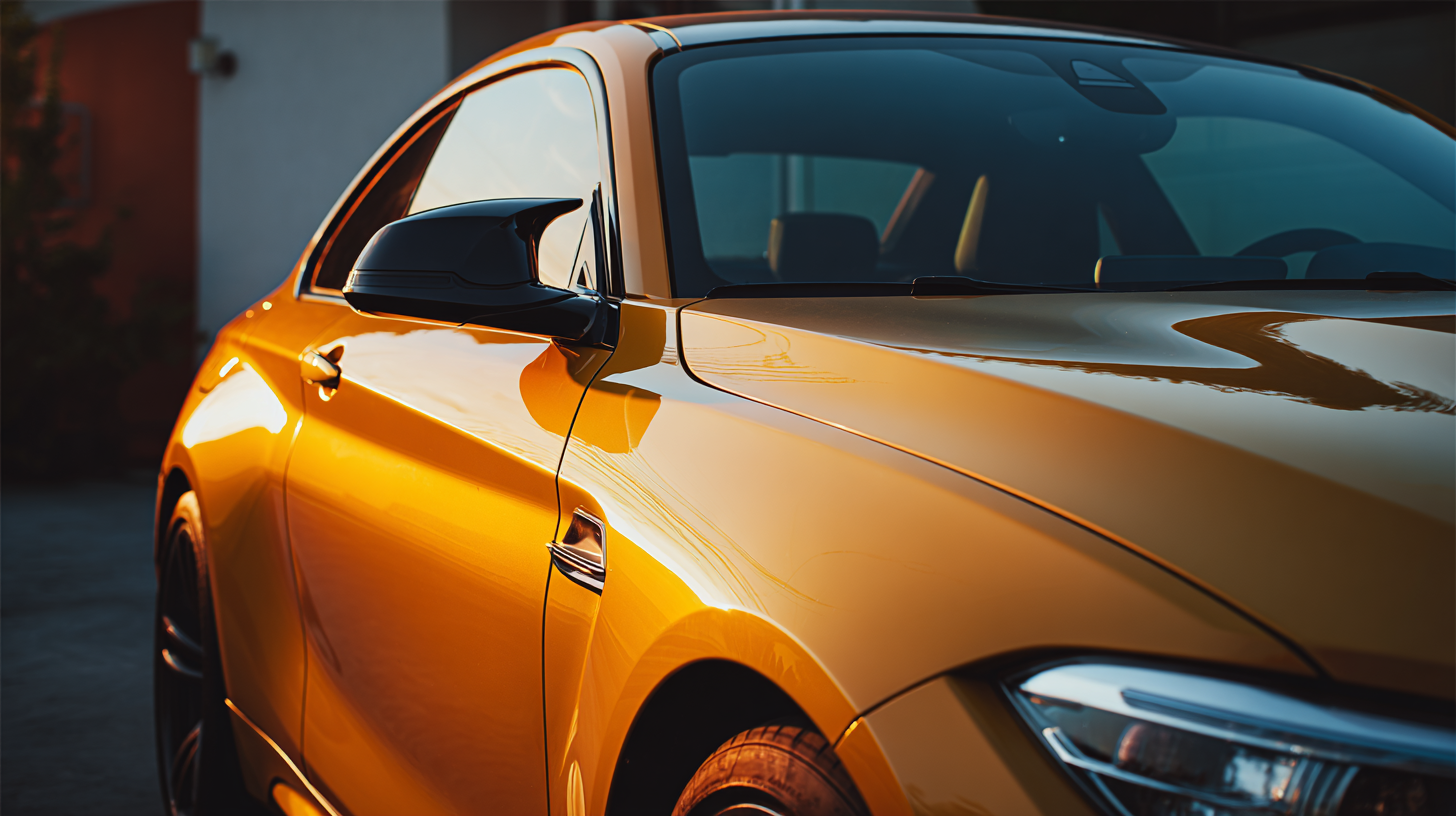 When selecting the right tint film for your windows, understanding the different types and their heat rejection capabilities is crucial. There are primarily two categories: dyed films and ceramic films. Dyed films are cost-effective and can enhance privacy while blocking some heat. However, they tend to fade over time and offer moderate heat rejection, making them suitable for less demanding applications.
When selecting the right tint film for your windows, understanding the different types and their heat rejection capabilities is crucial. There are primarily two categories: dyed films and ceramic films. Dyed films are cost-effective and can enhance privacy while blocking some heat. However, they tend to fade over time and offer moderate heat rejection, making them suitable for less demanding applications.
On the other hand, ceramic films are at the forefront of technology, providing superior heat rejection without compromising visibility. These films are designed to reflect heat rather than absorb it, ensuring that your interior remains cooler even on the hottest days. Additionally, ceramic films are more durable and resistant to fading, making them a long-term investment for those prioritizing performance and aesthetics. By choosing the right type of tint film, you can effectively enhance heat rejection by up to 60%, improving comfort and energy efficiency in your space.
How to Assess the Quality of Tint Film Before Purchase
When selecting a tint film for your vehicle or home, assessing the quality before making a purchase is crucial. A high-quality tint film will not only enhance the aesthetic appeal but also significantly improve heat rejection. One of the primary indicators of a film's quality is its solar performance rating. Look for products that offer a high percentage of infrared and ultraviolet light rejection, as these factors directly contribute to comfort and protection.
Another important aspect to consider is the durability of the tint film. Premium films often come with a warranty that reflects their longevity and resistance to scratches, fading, and peeling. Checking for certifications from reputable organizations can also help ensure you are investing in a product that meets industry standards. Furthermore, inquire about the installation process; a professional installation can make a significant difference in the film's performance and lifespan. By focusing on these key elements, you'll be better equipped to choose a tint film that effectively blocks heat and enhances your overall comfort.
Heat Rejection Performance of Different Tint Films
This chart displays the heat rejection performance of various types of tint films. The percentage reflects the ability of the film to reject heat from sunlight, making your vehicle or home more comfortable.
Installation Tips for Maximizing Heat Rejection Effectiveness
When it comes to enhancing heat rejection capabilities in your vehicle or home, the installation of tint film plays a crucial role. First and foremost, proper surface preparation is vital. Make sure to thoroughly clean the windows to eliminate any dust, dirt, or residue that could interfere with the adhesion of the film. Using a professional-grade cleaner and lint-free cloth will ensure a smooth surface that allows for optimal performance of your tint film.
Another key installation tip is to tackle the job during ideal conditions. The temperature and humidity levels can significantly affect the application. Aim for a dry, warm day with temperatures between 70°F and 80°F for the best adherence of the film. Additionally, using a squeegee to push out air bubbles and ensure that the film lays flat will enhance heat rejection effectiveness significantly. Take your time during installation, as rushing can lead to mistakes that may compromise the benefits of your tint film. By focusing on these installation tips, you can maximize the heat rejection and enjoy a more comfortable environment.
5 Essential Tips for Choosing the Right Tint Film: Enhance Heat Rejection by 60%! - Installation Tips for Maximizing Heat Rejection Effectiveness
| Tip |
Description |
Heat Rejection (%) |
Installation Difficulty |
| Select Quality Tint |
Choose a high-quality film for maximum durability and performance. |
60% |
Moderate |
| Check UV Protection |
Ensure the film blocks 99% of harmful UV rays for skin protection. |
58% |
Easy |
| Consider Visibility Levels |
Select a tint level that balances privacy with visibility. |
55% |
Moderate |
| Evaluate Warranty Options |
Look for films that offer a substantial warranty against fading and peeling. |
62% |
Easy |
| Professional Installation |
Hire a professional for installation to ensure optimal performance. |
65% |
Difficult |

Home
Products
Paint Protection Film
TPU Color PPF
Window Tint
1Ply Primary Film
2Ply Primary Film
2Ply Korean Primary Film
Nano Ceramic Film
Inorganic Nano Ceramic High Insulation Film
Skincare Nano Ceramic Film
5G HD Hot Melt Film
Magnetron Heat Reflection Film
Titanium Nitride Optical Film
Titanium Nitride HD Magnetron Metal Film
Titanium Nitride HD Skincare Film
4mil 99% Safety Film Series
2mil 99% High Insulation King Series
Constant Color High Insulation Film
Constant Color Window Film
Chameleon Window Film
3mil Windshield Film
Headlight Film
Sunroof Film
About Us
Video
News
Blog
Contact Us

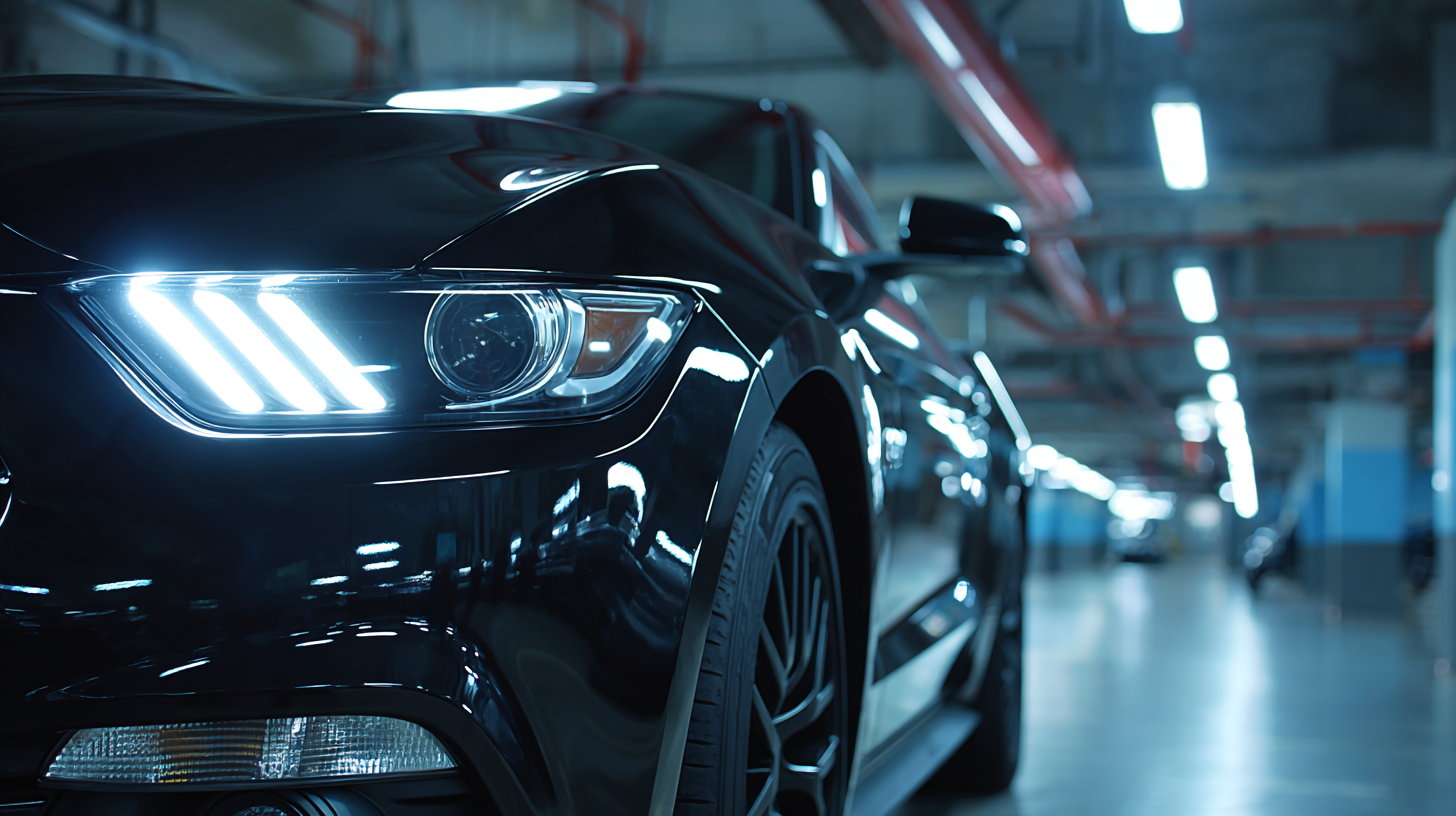
 When selecting the right tint film for your windows, understanding the different types and their heat rejection capabilities is crucial. There are primarily two categories: dyed films and ceramic films. Dyed films are cost-effective and can enhance privacy while blocking some heat. However, they tend to fade over time and offer moderate heat rejection, making them suitable for less demanding applications.
When selecting the right tint film for your windows, understanding the different types and their heat rejection capabilities is crucial. There are primarily two categories: dyed films and ceramic films. Dyed films are cost-effective and can enhance privacy while blocking some heat. However, they tend to fade over time and offer moderate heat rejection, making them suitable for less demanding applications.



